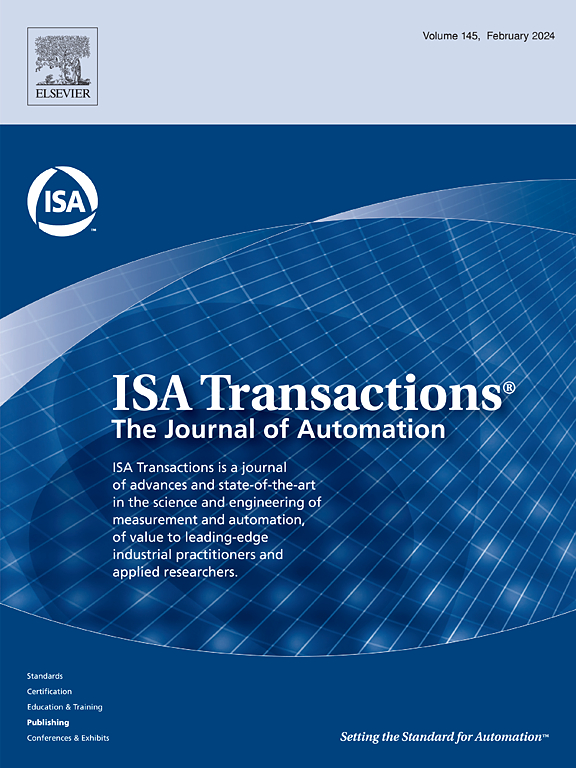使用二元代数的分布式控制系统安全响应时间上限评估新形式方法。
IF 6.3
2区 计算机科学
Q1 AUTOMATION & CONTROL SYSTEMS
引用次数: 0
摘要
本文提出了一种计算分布式控制系统(DCS)响应时间安全上限的方法。从具有异步链接和权重的实时自主定时事件图(TEG)的图形模型出发,我们使用 Minax〚γ,δ〛 二元组绘制了时间/事件动态的代数表示。通过引入标量器和两个运算器来处理批处理或乘法事件,我们能够计算出轨迹和传递函数。通过确定性假设和最坏情况假设,计算出模型引起的最坏延迟,从而得出响应时间的上限。我们通过数值应用验证了该方法,并与实验测量结果进行了对比。该方法采用模块化设计,可实现自动化,并可轻松用于任何以 TEG 为模型的 DCS。本文章由计算机程序翻译,如有差异,请以英文原文为准。
A new formal approach to safe response time upper bound evaluation for distributed control systems using dioid algebra
This paper presents an approach to computing a safe upper bound of the response time of Distributed Control System (DCS). From a graphical model of live autonomous Timed Event Graphs (TEGs) with asynchronous links and weights, we draw algebraic representations of the time/event dynamics using the dioid. By introducing scalers and two operators for handling batching or multiplying events, we are able to calculate the trajectories and transfer functions. With deterministic and worst-case hypotheses, the worst delays induced by the model is then computed, composing an upper bound for the response time. We validate the method through a numerical application, confronted to experimental measurements. The method is modular, can be automated and is easily used to any DCS modelled with TEGs.
求助全文
通过发布文献求助,成功后即可免费获取论文全文。
去求助
来源期刊

ISA transactions
工程技术-工程:综合
CiteScore
11.70
自引率
12.30%
发文量
824
审稿时长
4.4 months
期刊介绍:
ISA Transactions serves as a platform for showcasing advancements in measurement and automation, catering to both industrial practitioners and applied researchers. It covers a wide array of topics within measurement, including sensors, signal processing, data analysis, and fault detection, supported by techniques such as artificial intelligence and communication systems. Automation topics encompass control strategies, modelling, system reliability, and maintenance, alongside optimization and human-machine interaction. The journal targets research and development professionals in control systems, process instrumentation, and automation from academia and industry.
 求助内容:
求助内容: 应助结果提醒方式:
应助结果提醒方式:


